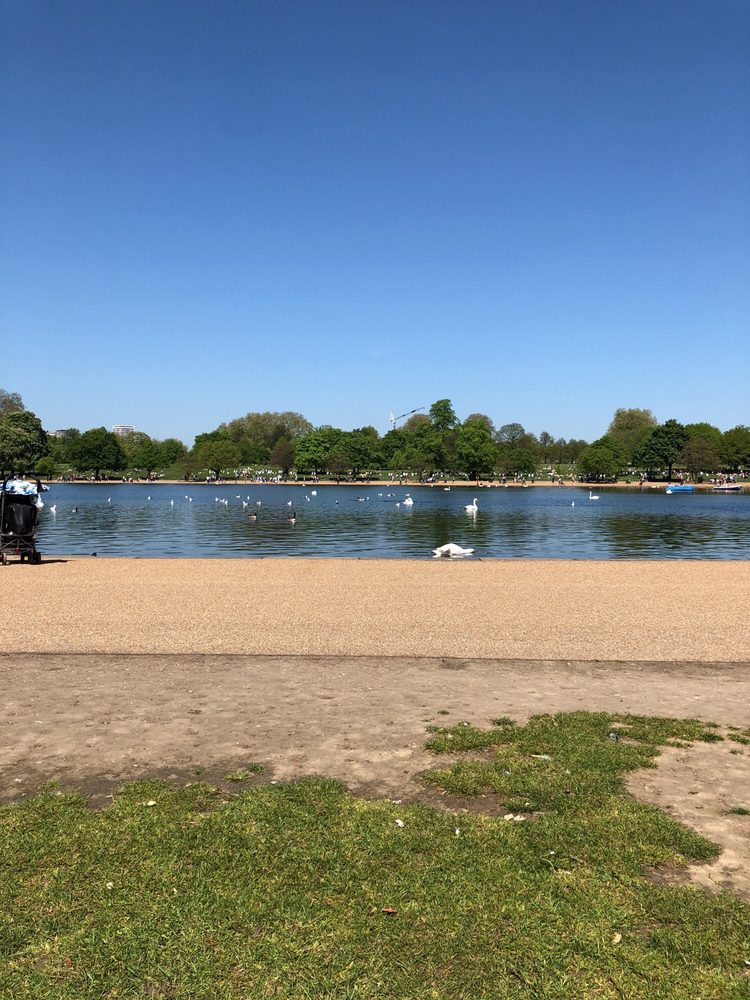Place Categories: Attractions and Free AttractionsPlace Tags: Hyde Park and london park
Hyde Park is London’s largest green space. It covers an area of around 340 acres from Bayswater in the north to Green Park in the south and from Kensington Gardens to Mayfair from west to east. Owned by Westminster Abbey in the Middle Ages, Henry VIII acquired it via the Dissolution for a hunting forest. From 1637 onwards, the public have been admitted and have made it a truly public open space.
Rotten Row (Hazelle Jackson collection)At the southern edge of Hyde Park is Rotten Row. It was the first street in England to be lit at night, with three hundred lamps hung from trees nearby, in order to ward off highwaymen. Its name is a corruption of the French “route du roi’ or ‘the King’s Road’ dating from William Ill’s habit, during the 1690s, of riding through the park on a track that connected his two palaces, St James’s and Kensington.
As a thoroughfare, it was most popular during the Georgian and Victorian periods, when the fashionable, the good, and the not so good promenaded there. During the 1850s and 1860s, the cream of the courtesans rode in their carriages, displaying their charms.
Speakers’ Corner stands at the north-eastern edge of Hyde Park, close to the Tyburn ‘tree’. Many criminals were executed here from the Middle Ages onwards and especially in the eighteenth century, when, during a twenty-year period, nearly three hundred highwaymen died here. Speakers’ Corner is now a symbol of freedom of speech, but the tradition of holding impromptu meetings arose from the last words given by condemned men and women, who were allowed to make a statement before they met their maker. Tyburn’s gallows no longer cast a long shadow, as Marble Arch stands there in its place, although the ghosts of its victims are still believed to haunt the area.
No Records Found
Sorry, no records were found. Please adjust your search criteria and try again.
Google Map Not Loaded
Sorry, unable to load Google Maps API.
-


